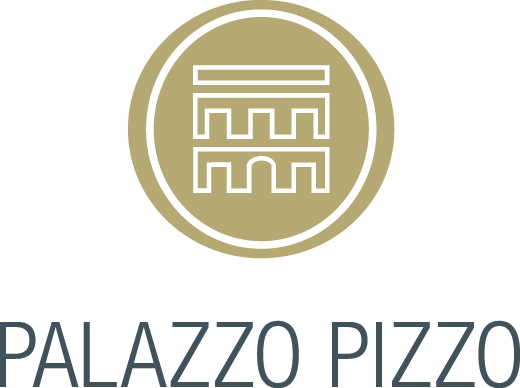Cement Tiles
/One color pattern of 4 tiles
CEMENT tiles look cool with modern or antique furniture
In our old palazzo we have beautiful cement tiles that we were able to preserve. For our new project we were thinking of having cement tiles too. But the ones we have are no longer produced anywhere. However, as one can observe, another kind of cement tiles are very popular nowadays, especially crazy tile mixes can be seen everywhere. The pattern that are popular are probably Moroccan origin and are very hip in America and Southeast Asia. There are factories in the States and in Spain that produce them, but not in Italy. Since we see them allover in Bangkok (in the newly opened EM Quatier I would say 1/3 of the restaurants use Mediterranean cement tiles and crazy tile mixes) we found a factory here that produces beautiful cement tiles with classic pattern. We went to an architects fair and were in heaven at the BEZZ booth.
2 color 1 tile pattern
5 color 4 tile pattern
Should we really import for our project in Italy Mediterranean cement tiles made in Thailand? I was searching for producers in Sicily, but it does not seem that any Italian factory is still specialized in real cement tiles with a good choice of pattern. We were told that cement tiles are so delicate, even more than terracotta tiles, that customers turned to other products, porcelain tiles or wood. Cement tiles need constant care, mainly waxing and special cleaning products. Therefore cement tiles should not be used in wet area, not in bathrooms and even not in kitchens, we were told.
When we were in Italy, fake wood was allover the showrooms. It seems very popular and actually looks great. Should we use that in the kitchen? The only Sicilian company that offered products close to what we were looking for never replied to my email inquiry. Probably their hand made tiles would cost us a fortune anyway in comparison to the amazing Thailand tiles that are just 30 Euro per square meter! Sigh, I would really like to support Italian economy and have Sicilian tiles in my Calabrian home.
After having visited the fair in Bangkok and having found the factory's showroom and discussing pattern and color, and finding out the amount of sqm we would need, and having confused Angelo about the floor preparation, two weeks later we finally came up with a decision for two patterns.
pattern for entrance and small bedroom
pattern for living room and other small bedroom
Then a day later, I visited the new EM Quarter in Bangkok and - what a coincidence - most tiles on the new restaurants' floors looked very familiar to me and indeed were by that factory we had discovered. Shockingly, in one restaurant they were in a terrible state. I had seen the same scratches and cracks in the showroom before, but ignored it as I thought it's impossible what I see. These tiles had black marks allover and cracks. Black shoes and moving chairs seemed to leave black scratches. A lot. I went home and told my husband, that I have made a new decision. No imported tiles. It is a total different quality from what we have in our 200 year old house.
There must be another quality of tiles that you see allover Pinterest. They are used in shops, in restaurants, in highly frequented area, and they can't be that high maintenance. The Spanish factory is about three times the price and probably delivers more durable quality than the Thai production. But I need to see tiles and touch them before I can order. I have nothing to do with Spain. Thailand was just an option since we live here.
Why can't an Italian company just jump in and pick up the trend? But wait! Bisazza does now cement tiles! They are not the joyful elaborated Moroccan patterns and colors we were looking for. Bisazza's tiles have larger scale geometrical designs and mainly opaque colors. Cement tiles with a modern twist. And very Italian!
bisazza cement tiles
bisazza cement tiles
Maybe we should stress the budget for those Bisazza tiles?!
I can't believe we are back to zero. Feeling kind of disappointed if we would go for the good old oak panels. At least that kind of floor would not distract from the stunning sea views!




















